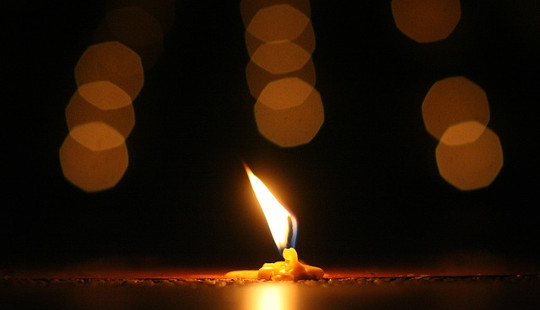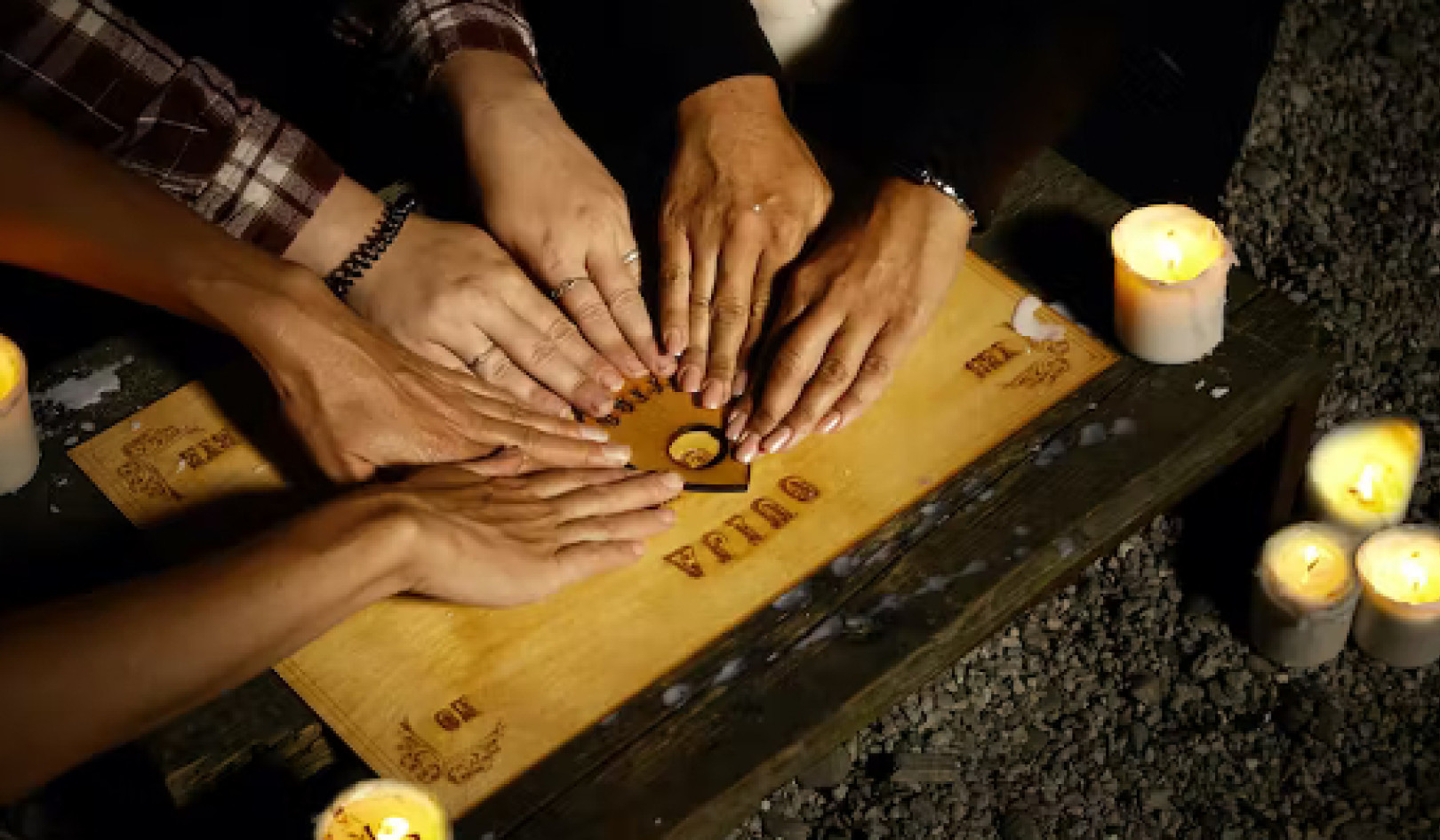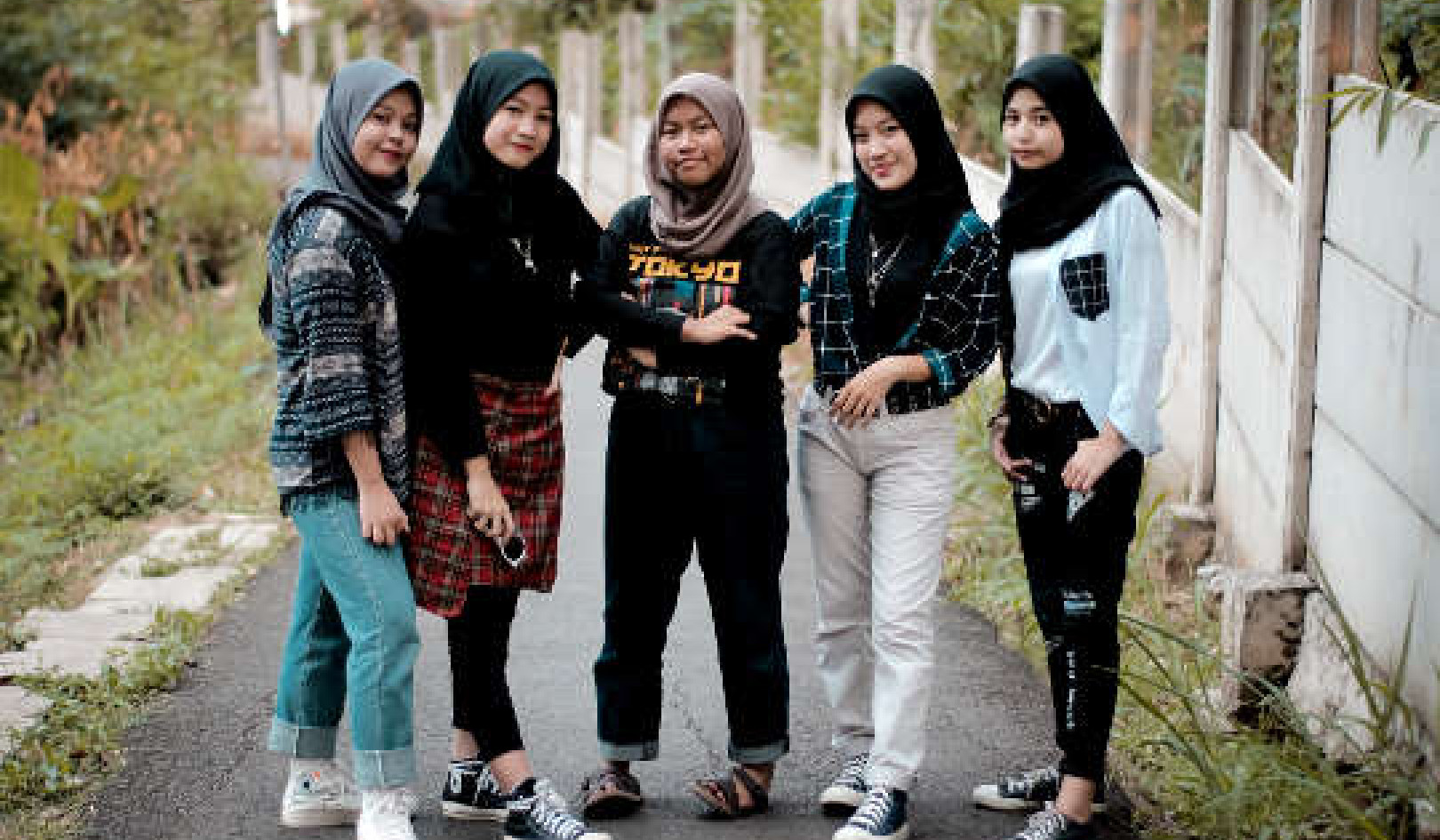
Naikan is a Japanese word that means "looking inside," though a more poetic translation might be "seeing oneself with the mind's eye." It is a structured method of self-reflection that helps us to understand ourselves, our relationships, and the fundamental nature of human existence.
Naikan was developed in Japan in the 1940s by Ishin Yoshimoto, a devout Buddhist of the Pure Land sect (Jodo Shinshu). His strong religious spirit led him to practice mishirabe, an arduous and difficult method of meditation and self-reflection. Wishing to make such introspection available to others, he developed Naikan as a method that could be more widely practiced.
Naikan's profound impact resulted in its use in other areas of Japanese society. Today, there are about forty Naikan centers in Japan, and Naikan is used in mental health counseling, addiction treatment, rehabilitation of prisoners, schools, and business. It has also taken root in Europe, with Naikan centers now established in Austria and Germany. In contrast to Japan, Naikan is relatively unknown in North America.
The Practice of Self-Reflection
David K. Reynolds, Ph.D., introduced Naikan to North America in the 1970s and later incorporated its framework into Constructive Living, an educational model that also includes elements of Morita Therapy. Reynolds was the first to write extensively about Naikan in English. Naikan programs and retreats have been offered regularly in the United States since 1989 by the ToDo Institute. But with the exception of a small number of adventurous Westerners who have wandered to Japan to study Naikan, or who have attended programs in North America and Europe, few Westerners have experienced and explored this Japanese practice of self-reflection.
Naikan broadens our view of reality. It's as if, standing on top of a mountain, we shift from a zoom lens to a wide-angle lens. Now we can appreciate the broader panorama; our former perspective is still included, but it is now accompanied by much that had been hidden. And what was hidden makes the view extraordinary.
The Three Questions
Naikan reflection is based on three questions:
- What have I received from_________? ___________________________
- What have I given to__________? _______________________________
- What troubles and difficulties have I caused? ______________________
These questions provide a foundation for reflecting on all relationships, including those with parents, friends, teachers, siblings, work associates, children, and partners. You can reflect on yourself in relation to pets, or even objects such as cars and pianos. You can reflect on a specific period of time, one day or a holiday visit to your family. In each case, you acquire a more realistic view of your conduct and the give-and-take that has occurred in the relationship.
The questions themselves seem rather simple. They are. The depth of experience, insight, and realization that can come from the practice of self-reflection is not a result of intellectual analysis or complex theories. Our challenge is to just see reality as it is. These questions are simple inquiries for our investigation of life's mysteries and miracles.
The Journey Begins: The Care and Support You Received.
Let's begin our inquiry with the first question: What have I received from _________? ____________________________
In examining your relationship with another, begin by looking at what you have received from that person. My wife made me fresh-squeezed orange juice this morning. She washed my breakfast dishes. She gave me the watch I'm wearing. These are all simple, clear descriptions of reality. Her attitude or motivation does not change the fact that I benefited from her effort. Often we take such things for granted. We hurry through our day giving little attention to all the "little" things we are receiving. But are these things really little? They only seem so because, while we are being supported, our attention is elsewhere. But when there is no hot water for a shower or we lose our glasses, these little things grab our attention. Suddenly we are conscious of the true value of hot water and clear vision.
As you list what you have received from another person, you become grounded in the simple reality of how you have been supported and cared for. In many cases you may be surprised at the length or importance of the items on your list, and a deeper sense of gratitude and appreciation may be naturally stimulated. Your heart and mind begin to open to the grace that underlies all life. Without a conscious shift of attention to the myriad ways in which the world supports us, we risk our attention being trapped by problems and obstacles, leaving us to linger in suffering and self-pity.
So please take a few minutes now and begin making a list of what you have received during the past twenty-four hours. This type of daily reflection is called daily Naikan (nichijo naikan in Japanese). You are not limited to examining your relationship to one person, but can include anyone who supported you during the past day. Be specific and write down as many items as you can remember. What kind of food did you eat? Where did you go this past day? How did others support you? Did someone open a door? Did someone wash your dishes or was there hot water and soap available to you while washing dishes? What made it possible for you to brush your teeth or drive a car? Take ten minutes and make as thorough a list as possible. When you are done, please continue to the second question.
The Journey Continues: Your Contributions to Others
We now take a look at the second question: What have I given to __________? ____________________________
Ishin Yoshimoto was a businessman. Each month he would send statements to his customers and receive similar statements from suppliers. These statements specified the products that were sent and the amount of money received. We receive a similar statement from the bank regarding our checking account. This tells us, to the penny, the balance in our account.
Yoshimoto believed it was useful for human beings to conduct a similar examination of their "life balance." When you have examined, in detail, what you have given and received, you can determine this balance. You can compare your giving (credits) and taking (debits) in relation to a single person or between you and the rest of the world. You can examine a period of time ranging from a day to a decade.
This process is both a practical and spiritual reconciliation of our relationships with others. Does the world owe me or do I owe the world? Am I in debt to my mother or is she in debt to me? We often live our life as if the world owes us. "Why didn't I get that raise?" "Why is the pizza so late?" "How come I don't get more appreciation from my boss?" We resent it when people do not fulfill our expectations, living as if we deserve whatever we want. When people do support us, we often take their efforts for granted, living as if we were entitled to such efforts.
As we reflect on our life we begin to see the reality of our life. What is more appropriate: to go through life with the mission of collecting what is owed us, or to go through life trying to repay our debt to others? Suppose I discover that I am the one who is in debt to the world. Such a realization kindles a natural desire to give and serve others and instills in me a greater sense of gratitude and realistic humility.
So please take another ten minutes and make a list of what you have given to others during the past twenty-four hours. Perhaps you gave someone a ride or prepared their dinner. Perhaps you sent a birthday card to a friend or picked up some litter on the street. Once again, be concrete and specific. Try to avoid generalizations like, "I was helpful" or "I was very supportive." What did you actually do for others?
The Final Question: The Troubles and Difficulties You Have Caused
Now you have a preliminary picture of your life for the past twenty-four hours. You have done some important research. Let's look at your lists. Have you been consistent? If you indicated that you gave a smile or thank-you to someone, have you also listed all the smiles and thank-yous you received from others? Have you been as accurate as possible? If you cooked someone a meal, have you also noted what you had to receive (for example, groceries, utensils, an oven, a recipe book) in order to cook for others? Take a few minutes and modify your lists, if necessary, so they more accurately reflect the reality of this past day.
The third and final question is the most difficult of all: What troubles or difficulties have I caused __________? ____________________________
Mostly we are aware of how other people cause us inconvenience or difficulty. Perhaps somebody cuts us off in traffic, or maybe the person in front of us at the post office has a lot of packages and we are kept waiting. We notice such incidents with great proficiency. But when we are the source of the trouble or inconvenience, we often don't notice it at all. Or if we do, we think, "it was an accident" or "I didn't mean it." Perhaps we simply dismiss it as "not such a big deal." But this question is truly important.
Yoshimoto suggested that when we reflect on ourselves, we spend at least 60 percent of the time considering how we have caused others trouble. His words are echoed by the lives of Franklin, Schweitzer, and St. Augustine. If we are not willing to see and accept those events in which we have been the source of others' suffering, then we cannot truly know ourselves or the grace by which we live.
Now please take another ten minutes and make a list of the troubles and difficulties you have caused others in the past twenty-four hours. Did you criticize someone? Did you leave dishes in the sink for someone else to wash? Did you keep someone waiting for a response to a letter or telephone call? Were you late for an appointment? Once again, please be specific.
Reflecting on Reflections
You have now completed your first research project; you have examined a small slice of your life (one day) in an attempt to see reality as clearly as possible. What can you learn from your research? Review your lists carefully. What are you aware of that you weren't aware of before? What have you taken for granted? What do you need to do and what do you need to do differently? This type of daily reflection, or daily Naikan, can been done before bedtime in twenty to thirty minutes. It is the simplest method of Naikan reflection.
We think we know our own life, but what we know is only an edited version, colored by our emotions and narrow vision. How close can we come to the original draft? Staring at truth, the soil is warmed, and we begin digging toward the sky.
Reprinted with permission of the publisher,
Stone Bridge Press. ©2002. www.stonebridge.com
Article Source
Naikan: Gratitude, Grace, and the Japanese Art of Self-Reflection
by Gregg Krech.
 Drawing on Eastern tradition, Naikan ("nye-kahn") is a structured method for intensely meditating on our lives, our interconnections, our missteps. Through Naikan we develop a natural and profound sense of gratitude for blessings bestowed on us by others, blessings that were always there but went unnoticed. This collection of introductory essays, parables, and inspirations explains what Naikan is and how it can be applied to life and celebrations throughout the year.
Drawing on Eastern tradition, Naikan ("nye-kahn") is a structured method for intensely meditating on our lives, our interconnections, our missteps. Through Naikan we develop a natural and profound sense of gratitude for blessings bestowed on us by others, blessings that were always there but went unnoticed. This collection of introductory essays, parables, and inspirations explains what Naikan is and how it can be applied to life and celebrations throughout the year.
About the Author
Gregg Krech is the Executive Director of the ToDo Institute, an education and retreat center located near Middlebury, Vermont. A leading expert on Japanese approaches to mental health, he is the author of several books and has been featured on public TV, on public radio, and in books, professional journals, and popular magazines such as Cosmopolitan, SELF, and Fitness.
























